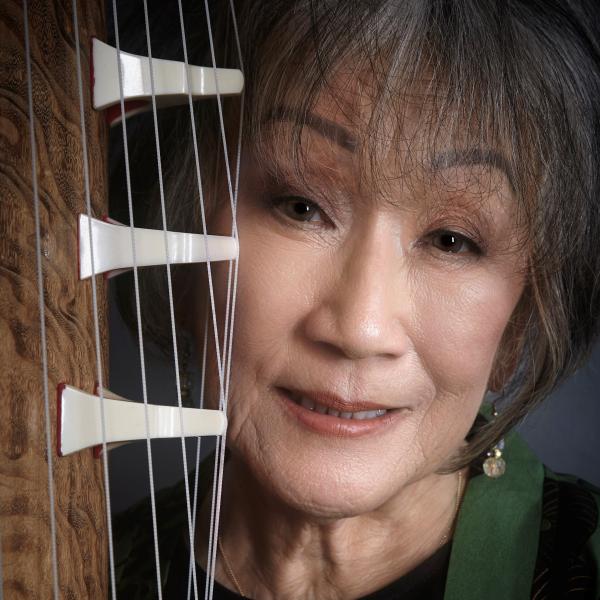Haiti’s History and the Life and Times of Edwidge Danticat 7
Laurent Dubois: The literary culture and just the general storytelling culture, we might call it, of Haiti is extraordinary. There are so many sort of spaces of cultural production. In the context of Creole, you have proverbs, all kinds of folktales, all the songs in Haitian Vodou, which are, you know, of which there's thousands and thousands which are these beautiful works of poetry, effectively. And then, at the same time, you have a longstanding literary tradition. This is actually an incredibly literary country. I mean, it's a country in which books have been published at a remarkable rate, at which there's been poetry going back to the 19th century, fiction since the mid-19th century, you know, some early novels, all kinds of essays and other forms. A newspaper culture, you know, of writing in the newspapers, including literary works. So this is a society that's had a very, very rich literary history that is known in the country, a little bit less known outside the country, unfortunately—and someone like Edwidge Danticat is definitely, you know, inherits that whole rich legacy and brings it alive in her own writing.
There is visual art really everywhere in Haiti. It's a place that's sort of overwhelmed with—or not overwhelmed with, but sort of thriving with, flourishing with—visual art. Lots of painting, paintings on canvases, but also paintings on buses known as tap-taps, paintings on walls. Haitian Vodou itself is an extremely visual religion, so the altars and the clothes and all these kind of visual aspects of the religion, the paintings on the side of temples, all of these are very striking and they influence the broader art as well.
I think Haitian art really embodies a lot of the bigger spirit, obviously, of Haitian culture and that sense of dreaming, of imagining alternative worlds, of looking around at what's around us but also understanding, you know, both what's underneath and what can potentially be ahead as something radically different than what we see around us. All that is really articulated beautifully in so many ways in Haitian art.
There's this kind of really interesting relationship to art in Haiti, I guess a kind of organic relationship to it, an understanding that it is a kind of almost an essential part of being alive, of being human and that art, whether it's in religious contexts or just daily contexts, you know, is not something that's separate from the world or from living but is, really just needs to be embedded in it. And it's what, in some ways, allows you to continue to live.
Despite influence from Spanish and French settlers, Haitian culture remains distinct and vibrant.




